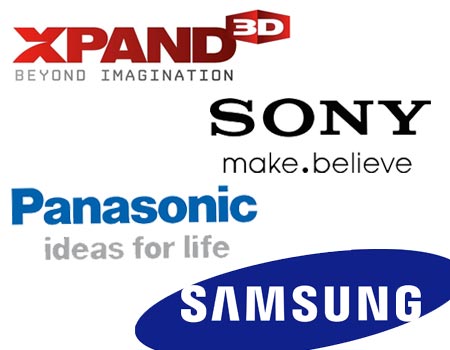
With the saying ‘if you can’t beat them, join them,’ big brands like Samsung, Sony, Panasonic and Xpand 3D seemed to have taken up this initiative by combining forces to create standardized 3D glasses for experiencing the visual phenomenon. The collaboration between these companies on development of this new technology will commence under the name, titled ‘Full HD 3D Glasses Initiative.’
To kick things off, the development and licensing of the radio frequency (RF) system 3D active glasses technology is said to undergo in an active participation between these companies and will also include RF system protocols between consumer 3D active glasses and 3D displays on devices such as TVs, PCs, projectors and 3D theaters with XPAND active shutter glasses.
Jurack Chae, vice president, R&D Team, Visual Display Business, Samsung Electronics commented, “Today’s announced collaboration underscores Samsung’s promise to meet consumer needs among the ever-changing advancements of home entertainment and consumer electronics technology. To-date, active 3D technology has proven to be the most popular choice for consumers in the 3D TV market. According to the NPD Group, Active 3D technology took an average of 96 percent share of the U.S. 3D TV market in the first half of this year, and this Full HD 3D Glasses Initiative will help further drive consumer adoption and understanding of active 3D—the technology that provides the clearest and most immersive 3D experience available.â€
Additionally, with the proprietary protocols of Samsung and Sony and the jointly developed ones by Panasonic and XPAND 3D, the new technology will include multiple types of infrared (IR) system protocols between 3D active glasses and 3D displays. Also, besides the displayed Full HD 3D picture quality, utilization of the Bluetooth technology will result in freedom of movement.
The ‘Full HD 3D Glasses Initiative’ is expected to be revealed this September followed by the development process to commence on the standardized 3D glasses. When released, the universal glasses are stated to be backward compatible with all 3D TVs produced in 2011.




